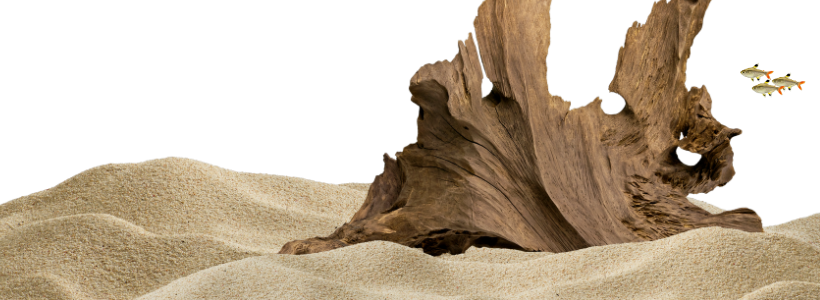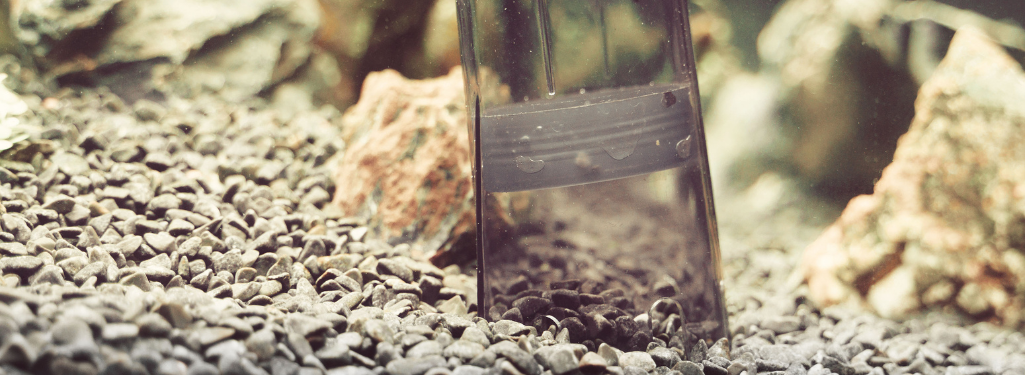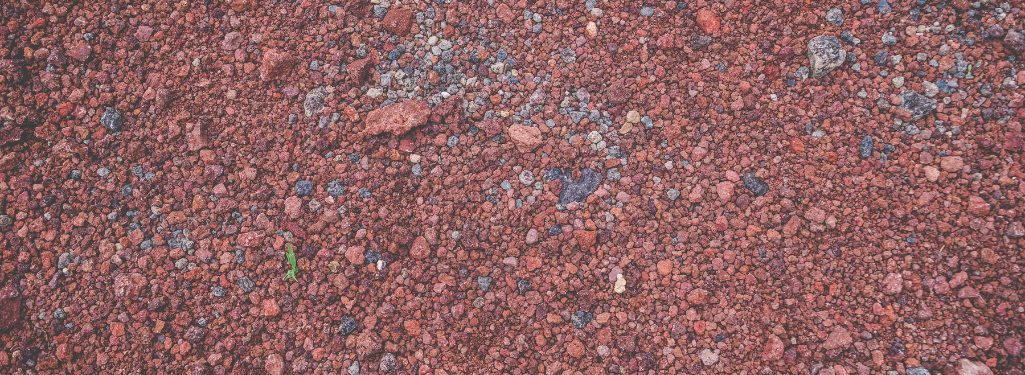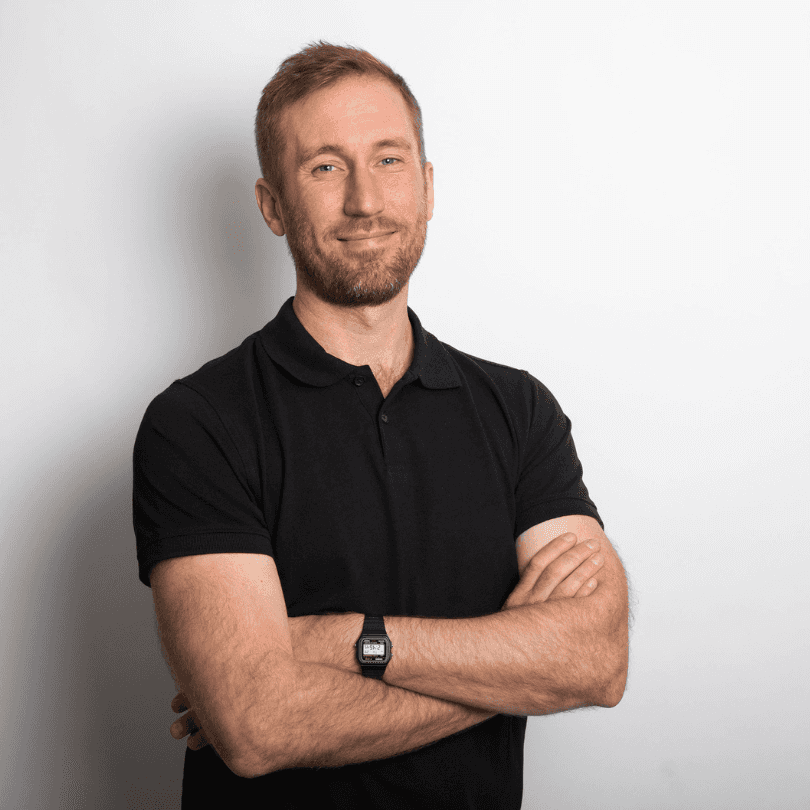Choosing The Right Substrate For Your Aquarium
The substrate, the material covering the bottom of your aquarium, is more than just a decorative element. It plays a crucial role in maintaining water quality, providing a suitable environment for aquatic plants and fish, and contributing to the overall aesthetic of your tank. Let’s explore the different types of substrates available and their pros and cons.
Sand

Sand is a classic aquarium substrate, offering a wide range of colours and textures.
- Pros: Sands are generally inexpensive and easy to clean or replace the top layer. They provide a stable base for aquarium decorations and are suitable for most fish species. Sand creates a natural look, especially for fish that like to burrow. They are also safe for bottom dwelling fish such as Corydoras
- Cons: Sands offer limited nutrient retention, which can hinder plant growth. Fine-grained sand can become compacted and may become a breeding ground for bacteria if not maintained properly.
For a more cost-effective sand option, consider Silver Sand, this natural-coloured sand is both attractive and safe for all fish species.
Gravel

Gravel is a visually appealing and natural substrate.
- Pros: Gravel comes in a huge range of colours, grain sizes, and textures. From multicoloured, rainbow gravel, to natural browns and greys. Gravel can also work well as detailing to add to sand substrates. Most gravels are inert, meaning they will not change your water parameters
- Cons: Gravels contain no nutrient value for plant growth. They can also prove more difficult for delicate plant roots to take hold. If not cleaned regularly, fish waste and detritus can build up between the rocks and cause water quality issues.
Take a look at the Hugo Kamishi range of natural gravels for some great, natural options. Available in 5 and 5kg bag sizes.
Aquarium Soil

Specifically designed for planted tanks, aquarium soil is rich in nutrients essential for plant growth. It usually comes in large and small grain sizes and black and brown colours.
- Pros: Aquarium soil promotes lush plant growth by providing a steady supply of nutrients. It often creates a natural-looking environment and can help to soften water parameters. Many aquarium soils can also lock in nutrients which are dosed into the water column, prolonging the life of the soil and boosting plant growth. Aquariums soils can help lower PH, making a more suitable environment for many species of fish, shrimps and plants.
- Cons: Aquarium soil can release excess nutrients into the water, leading to algae problems if not managed carefully. It may also cloud the water during the initial setup.
We recommend Tropica Aquarium Soil. Having tried and tested this soil over many years, we have always had healthy plant growth and successful long term aquascapes.
Flourite and Other Mineral Substrates

Flourite and similar mineral substrates are porous and provide excellent nutrient exchange for plants.
- Pros: These substrates support strong plant growth and help to maintain water clarity. They are often inert, meaning they don’t release harmful substances into the water.
- Cons: Flourite and similar substrates can be expensive and may not be suitable for all types of fish, especially those that like to dig. They can also be heavy, making them difficult to clean or replace.
For building high substrate mounds for aesthetics, consider JBL Volcano Mineral. This crushed lava substrate holds its shape very well, as well as providing a suitable breeding ground for beneficial bacteria. This results in cleaner, more stable water conditions. A fantastic first layer of substrate for healthy aquariums of all kinds.
Specialised Substrates
There are numerous specialised substrates available, including those designed for specific fish species or aquarium setups.
- Pros: These substrates cater to specific needs, such as providing a soft, sandy bottom for catfish or creating a unique aesthetic for a particular aquarium theme.
- Cons: Specialized substrates can be expensive and may have limited availability. It’s essential to research the specific needs of your fish or plants before choosing a specialized substrate.
Factors to Consider When Choosing a Substrate

- Fish species: Some fish, like catfish, require a soft substrate for burrowing, while others prefer a harder surface.
- Plants: If you plan to have live plants, choose a substrate that provides adequate nutrients and support.
- Aquarium size: The cost of the substrate can be a factor, especially for larger tanks.
- Aesthetics: The appearance of the substrate is important for creating the desired visual effect in your aquarium.
- Maintenance: Consider how easy the substrate will be to clean and maintain.
Ultimately, the best substrate for your aquarium depends on yours and your fishes’ specific needs and preferences. By carefully considering the factors mentioned above, you can select a substrate that will create a healthy and visually appealing environment for your aquatic inhabitants.


